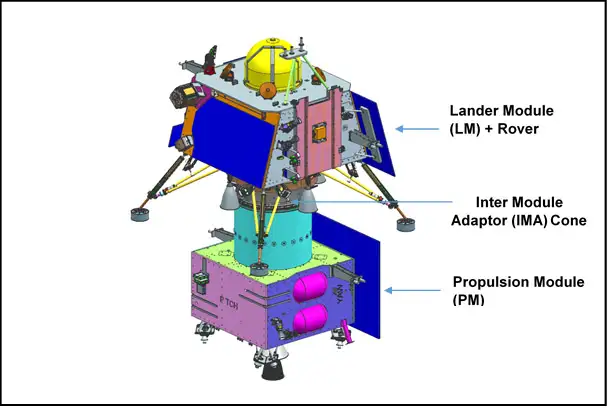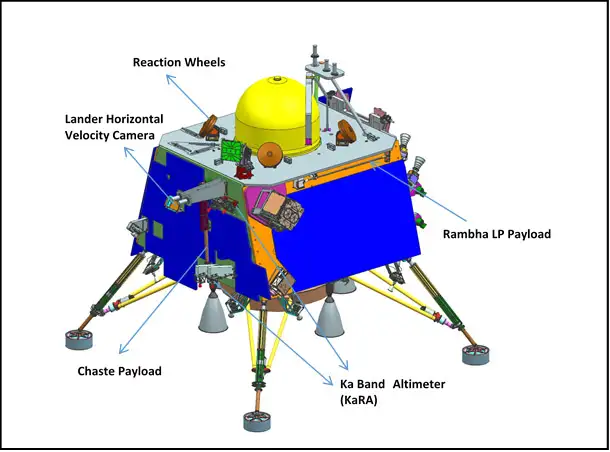New Delhi: After the successfully landing of Chandrayaan-3 on Moon on Wednesday, India become the first country in the world to reach the south pole of the moon.
Prime Minister Narendra Modi congratulated the ISRO after the sucessful landing of Chandrayaan-3.
The Chandrayaan 3 lander touched down near the south pole of the Moon at around 6:03 pm IST.
Chandrayaan 3 lifted off on July 14, 2023, atop a Launch Vehicle Mark 3 (LVM3) from Sriharikota.

According to ISRO, both the lander and the rover are expected to have a mission life of just one lunar day, which translates to 14 Earth days.
While congratulating the team of scientists behind the mission, ISRO chief S Somnath said the health of the lander will now be assessed and the rover will come out from the lander module in the next few hours.

According to ISRO, the mission’s three objectives are to demonstrate a safe and soft landing on the lunar surface, to demonstrate a Rover roving on the Moon and to conduct in-situ scientific experiments.
India’s successful Moon mission is not just India’s alone. This success belongs to all of humanity,” said PM Modi on Chandrayaan-3 mission success.
“When we see such historic moments it makes us very proud. This is the dawn of new India,” said PM Modi.
“India is on the Moon”: ISRO chief S Somanath said as Chandrayaan 3 lander module Vikram made safe and soft landing on the Moon.

The Chandrayaan-2 orbiter has already played a crucial role in the mission by identifying a safe location for Chanrayaan-3 to land. But the former will continue to play the role, acting as a communication relay between the new lander and the ground station. The lander will send data to the Chandrayaan-2 orbiter, which will, in turn, send data to ISRO ground stations and collaborative agencies.
Chandrayaan-2 and Chandrayaan-3 are almost identical, except that Chandrayaan-2 included an orbiter, but Chandrayaan-3 is not carrying an orbiter. The Chandrayaan-2 spacecraft consisted of an orbiter, a lander and a rover called Pragyan. While the lander, called Vikram, failed to make the desired smooth landing, the other aspects of the mission were successful.
During the Chandrayaan-2 mission in 2019, the Vikram lander lost control around 7.2 kilometres above the lunar surface. The mission’s communication systems relayed information about the loss of control when it was around 400 metres above the surface. Eventually, the lander was only able to slow down to a speed of about 580 kilometres per hour when it crashed.
Chandrayan meaning “mooncraft” in Sanskrit, represents India’s lunar exploration program launched by the Indian Space Research Organisation (ISRO). The Chandrayaan program aims to study the moon’s surface, minerals, water ice presence, and enhance India’s space capabilities.
Chandrayan-1 was the Indian’s maiden Lunar mission launched in 2008. It was launched on October 22, 2008.
It was equipped with 11 scientific instruments, it conducted high-resolution remote sensing of the moon’s surface and detected water molecules on the lunar surface.
Made significant contributions to lunar science by mapping various elements and minerals.